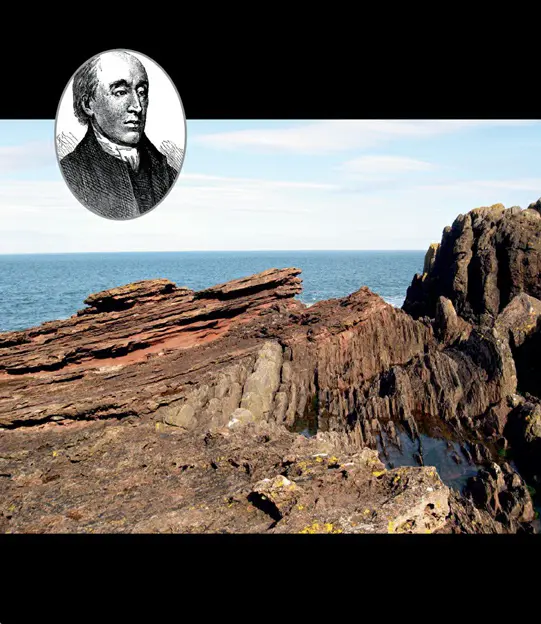James Hutton, a Scottish geologist and naturalist of the eighteenth century, revolutionized our understanding of Earth’s history with his study of rock formations. He challenged the prevailing notion of his time, which interpreted abrupt changes in rock layers as original formations. Instead, Hutton’s in-depth investigations led him to propose a groundbreaking concept: unconformities.
Unconformities, as Hutton discovered, represent significant temporal gaps in the geological record. These occur where older rock layers, once uplifted and eroded, are overlaid by younger sedimentary layers. This discovery, particularly in the case of angular unconformities, where older and younger layers are not parallel, revealed a cyclic nature in the Earth’s geologic processes, indicative of repeated advances and retreats of ancient seas and oceans.
Published in his 1788 work, “Theory of the Earth,” Hutton’s ideas were initially met with controversy but soon ignited further research and dialogue. His work laid the foundation for the principle of uniformitarianism, asserting that the geological processes observed today have been constant throughout Earth’s history. This perspective introduced the concept of “deep time,” suggesting millions or even billions of years of Earth’s history, vastly expanding our understanding of the planet’s past.
Hutton’s theories were later expanded upon by nineteenth-century Scottish geologist Charles Lyell, further entrenching the significance of studying Earth’s deep and dynamic history.

